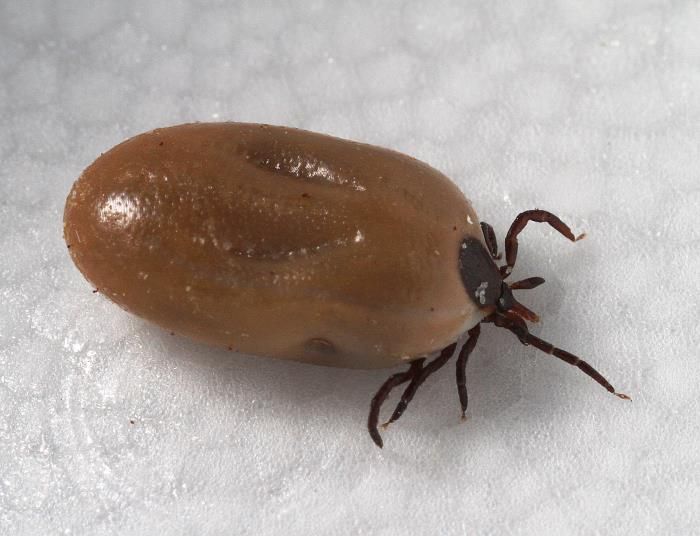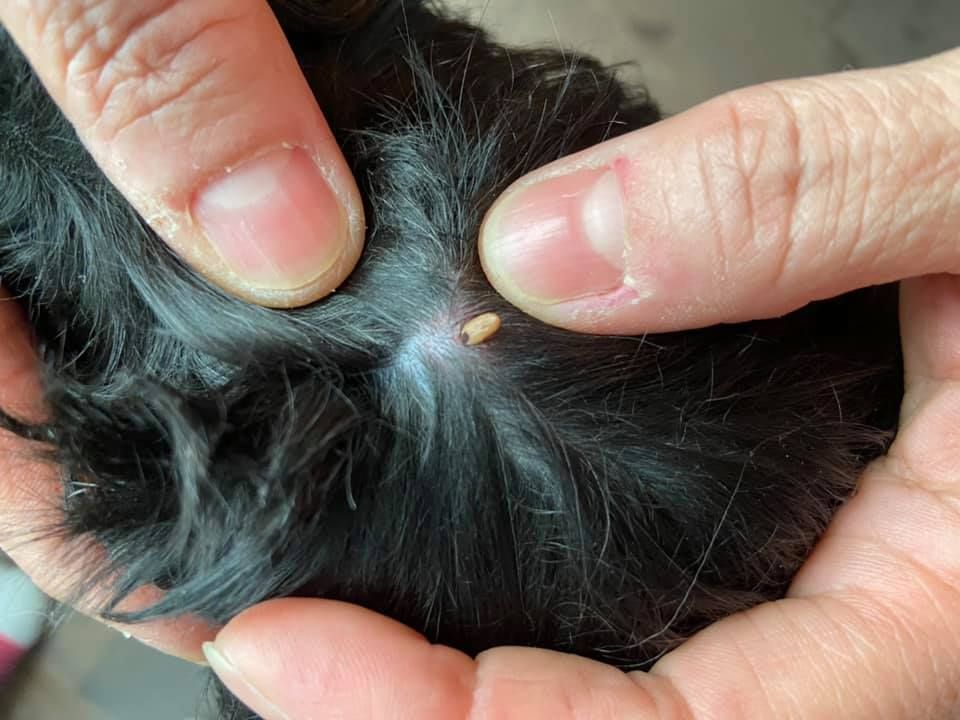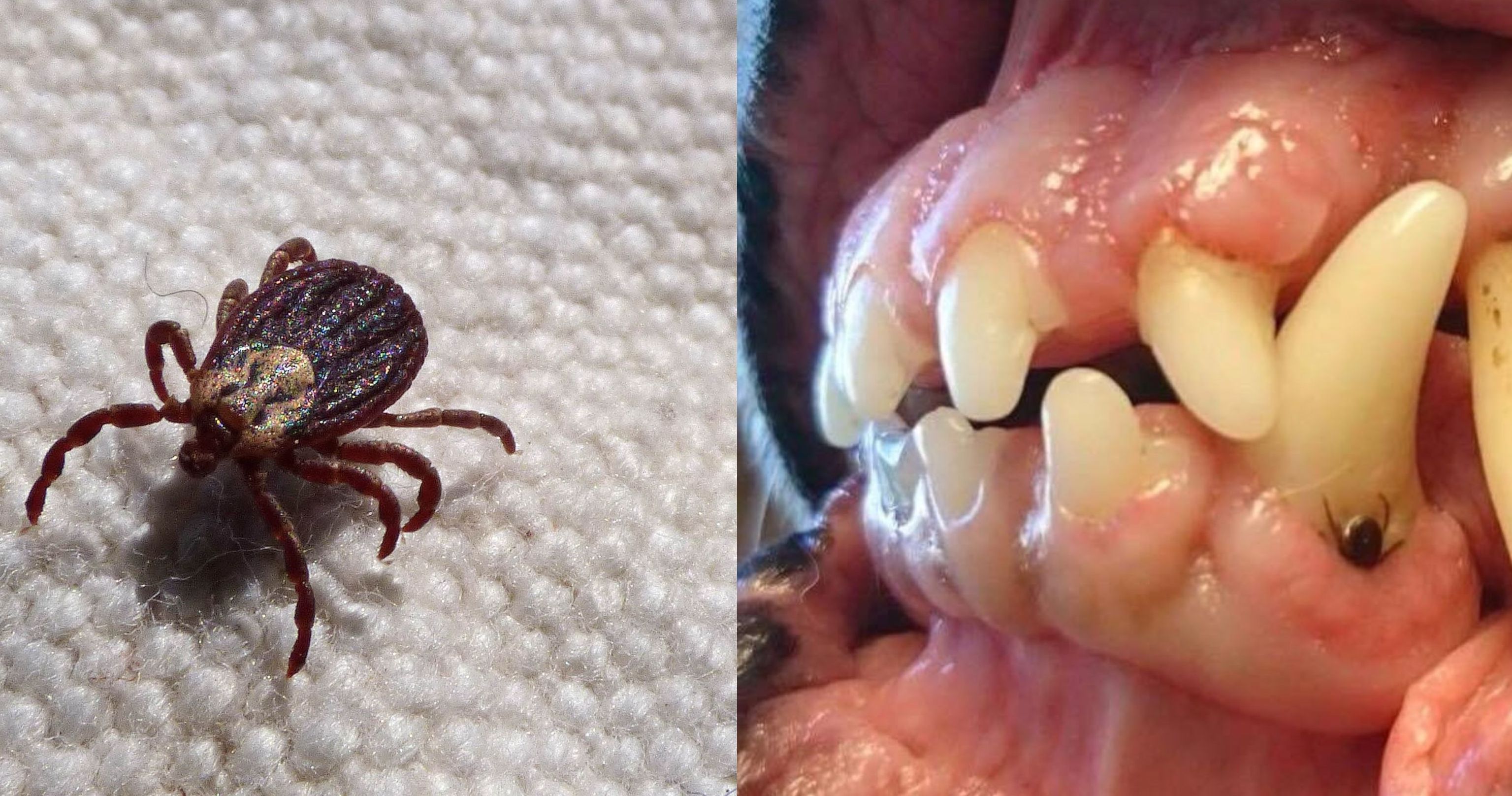As we've told you before, Lyme disease is a growing problem in America, the Centers for Disease Control actually names it as the most common vector-borne disease in the United States.
If you have a four-legged family member, I'm sure you know that humans aren't the only ones affected by the uptick in the number of Lyme disease cases. Our pets are at risk as well. While dogs and cats have a stronger immunity to Lyme disease than we do, it's still a very serious risk because of the disease's dangerous symptoms.

You should learn the signs, treatments, and most effective ways to avoid this awful disease before your pets catch it.
Lyme disease is caused by bacteria common in animals like deer, birds, and mice which is spread by ticks. The ticks bite your pet, carrying the infection from one animal to the next.
Dogs in particular are very susceptible to tick bites and tickborne diseases. Unfortunately, at this time vaccines are not available for most of the tick-borne diseases that dogs can get, and they don’t keep the dogs from bringing ticks into your home. For these reasons, it’s important to use a tick preventive product on your dog.

If you notice a tick bite on your dog or cat, it's important to act quickly by removing the tick. The longer it stays on your pet, the greater the risk that they will get infected. Once a tick attaches, it takes 1-2 days for it to transmit the bacteria that cause Lyme disease making tick checks and removal important. Tick bites on dogs can be hard to detect. Signs of tick-borne disease might not even show up for 7-21 days or longer following a tick bite. Keeping your eyes on your pet for changes in behavior or appetite if you suspect that your pet has been bitten by a tick is key.

The signs of Lyme disease vary from pet to pet. Unfortunately, animals can have Lyme disease and show no signs. In dogs, the most common signs include fever, loss of appetite, painful or swollen joints, lameness that comes and goes, swollen lymph nodes, and lethargy. If Lyme disease is left untreated it can lead to damage to the kidneys, nervous system, and heart. Lyme disease affecting the kidneys is the second most common syndrome in dogs and is generally fatal. Facial paralysis and seizure disorders have been reported in the disease from affecting the nervous system. The form of the disease that affects the heart is rare.
If you notice your pets suffering from inflammation and lameness, as well as lack of appetite, depression, or trouble breathing, get them to a vet right away.

Also: be aware of your pet's risk level. Certain breeds including Labrador retrievers, golden retrievers, and Shetland sheepdogs have a higher risk of catching Lyme disease. If you live on the coasts or the Midwest, where ticks are more common, your risk level will also be higher.
Thankfully Lyme disease is treatable, but the antibiotic medication can take months to work, and it doesn't always cure 100% of your pet's symptoms.
So play it safe and avoid Lyme disease with these simple methods:
- groom your pet often for ticks
- use tick sprays, collars, and other products to keep them safe
- Ask your vet about booster shots to guard against the diseases ticks spread

Preventing ticks in the yard
Tick control is a lesson on wildlife. If you have a large open yard that animals can enter, you should assume you have ticks. If you want to check for ticks in your yard, there's a pretty simple way. Perform what’s called a tick drag.
Cut a 5-inch-square swatch of fabric and tie it to an 18-inch-long pole or stick. Then drag the fabric along tall grass or weeds, particularly near woodland edges of your lawn. Ticks will typically transfer themselves to the swatch.
- keep your grass cut short
- trim tall grass and weeds
- don't mulch grass clippings, blow and bag leaves and grass for collection
- make tick tubes (see below)

Tick tubes are cardboard tubes that have been stuffed with permethrin-coated cotton. Permethrin is a natural pesticide made from chrysanthemums, and it’s highly effective against ticks.
What You’ll Need:
- Empty toilet paper rolls
- Dryer lint (or cotton balls)
- Gloves
- A mask
- A cardboard box
- Permethrin insect repellent (look in the hunting or camping aisle)
Directions
Put on your mask and gloves. Spread the cotton balls in your box and spray them down with permethrin. Let them dry, flip them and spray again. After they have dried stuff them in the toilet paper rolls and stick them around the yard. In particular, anywhere you think there will be mice. You are hoping that mice will find the cotton, and carry it back to their nests to use as bedding and it will kill the ticks. Permethrin is regarded as safe for humans, dogs, and mice, but it’s not safe for cats, at least when it’s wet.

It's up to you to keep your pet healthy, but with a little forethought, they should be perfectly safe.
Share this post so everyone can keep their pets safe from Lyme disease!

